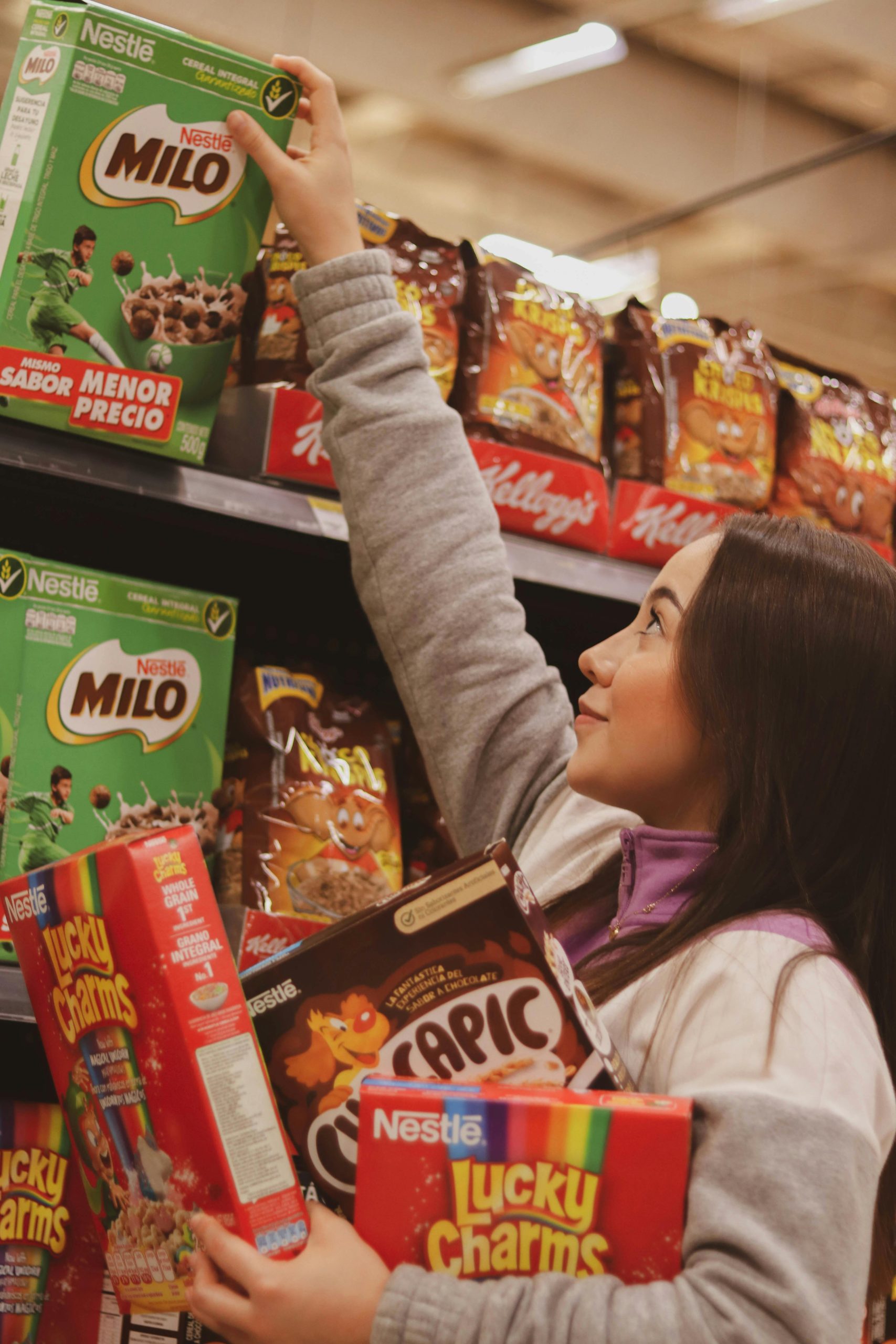Have you ever wondered why the dairy section is always at the back of the store or why snacks are located near checkout lanes? A grocery store layout is strategically designed to influence how we shop—and understanding these tactics can help you make smarter choices. From the placement of fresh produce to impulse buys at the register, grocery store layouts are a marketing tool that plays a huge role in your shopping experience. Here’s how to use store layouts to your advantage and save time and money on your grocery trips.
1. The Power of Placement: How Fresh Produce Draws You In
A grocery store layout is no accident. One of the most powerful tools in a store’s design is the placement of fresh produce. You’ll often find fruits and vegetables placed near the entrance, encouraging you to start your shopping with healthier options. While this seems like a good strategy for healthy eating, it’s also an intentional tactic to draw you in and make you feel good about your shopping choices.
2. Eye-Level Equals Buy-Level: How Shelves Are Stocked to Influence Purchases

One of the biggest influences a grocery store layout has, in terms of what products you buy, is the placement of items on shelves. Products at eye level are more likely to be purchased because they’re the easiest to spot. Retailers know this, so high-profit items or popular brands are placed at eye level to encourage sales. To save money, take a moment to check the top and bottom shelves—these are typically where store brands or less popular products are placed.
3. The Scent of Success: How Smells Influence Your Choices

Image Source: Pexels
Believe it or not, many grocery stores use scent to their advantage. The smell of freshly baked bread or brewed coffee can influence your purchases and increase your appetite. This leads to unplanned purchases. Beware and stick to your shopping list. Do not get distracted by the aromas enticing you into spending more.
4. The Power of the Checkout Aisle: Impulse Buys at the Register
Retailers strategically place small, enticing items like candy, magazines, and gadgets near the checkout to trigger impulse purchases. By positioning these products at the end of your shopping trip, stores capitalize on your vulnerability to last-minute additions. To counteract this tactic, pause and reflect on whether you genuinely need these items before placing them in your cart.
5. Plan Your Route: Maximize Your Shopping Efficiency

Image Source: Pexels
If you’re looking to save time and avoid impulse buys, planning your route through the store can help. Most grocery stores follow a predictable layout, with essentials like dairy and meat at the back, and snacks and beverages along the sides. By navigating the store with purpose, sticking to your list, and moving quickly through high-temptation areas, you can avoid distractions and keep your grocery trip focused.
A grocery store layout is carefully crafted to influence shopping habits and encourage shoppers to make unplanned purchases. Understanding these strategies can help you make smarter decisions, stick to your budget, and shop more efficiently. Next time you head to the store, remember how the layout is working in the background to influence your choices—and use that knowledge to your advantage!
Read More
8 Reasons To Stop Grocery Shopping With Your Kids
6 Small Chain Grocery Stores That You Should Be Shopping At If You Live Down South


